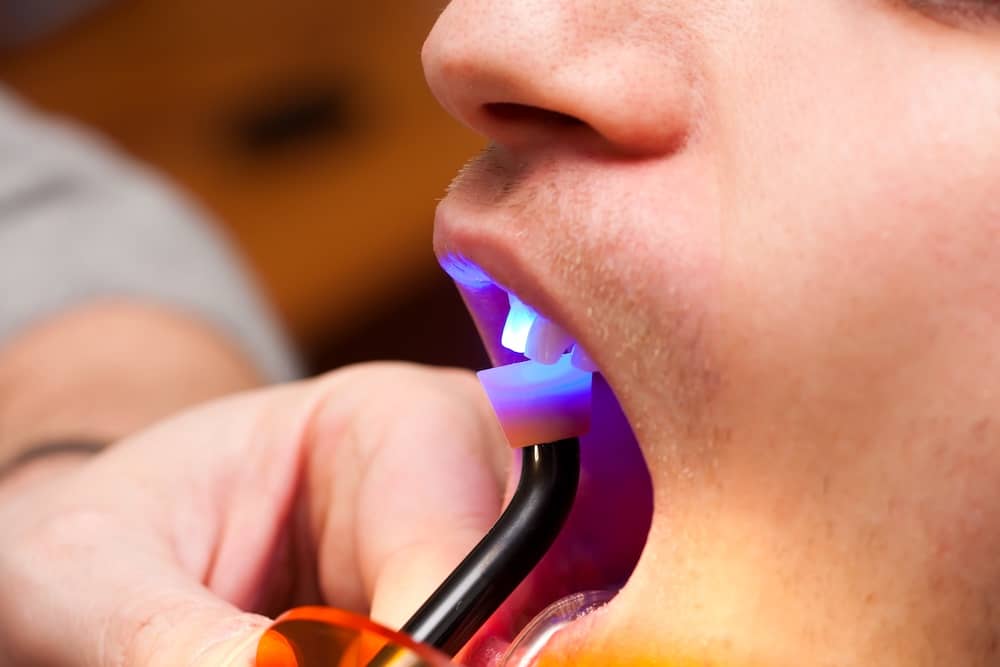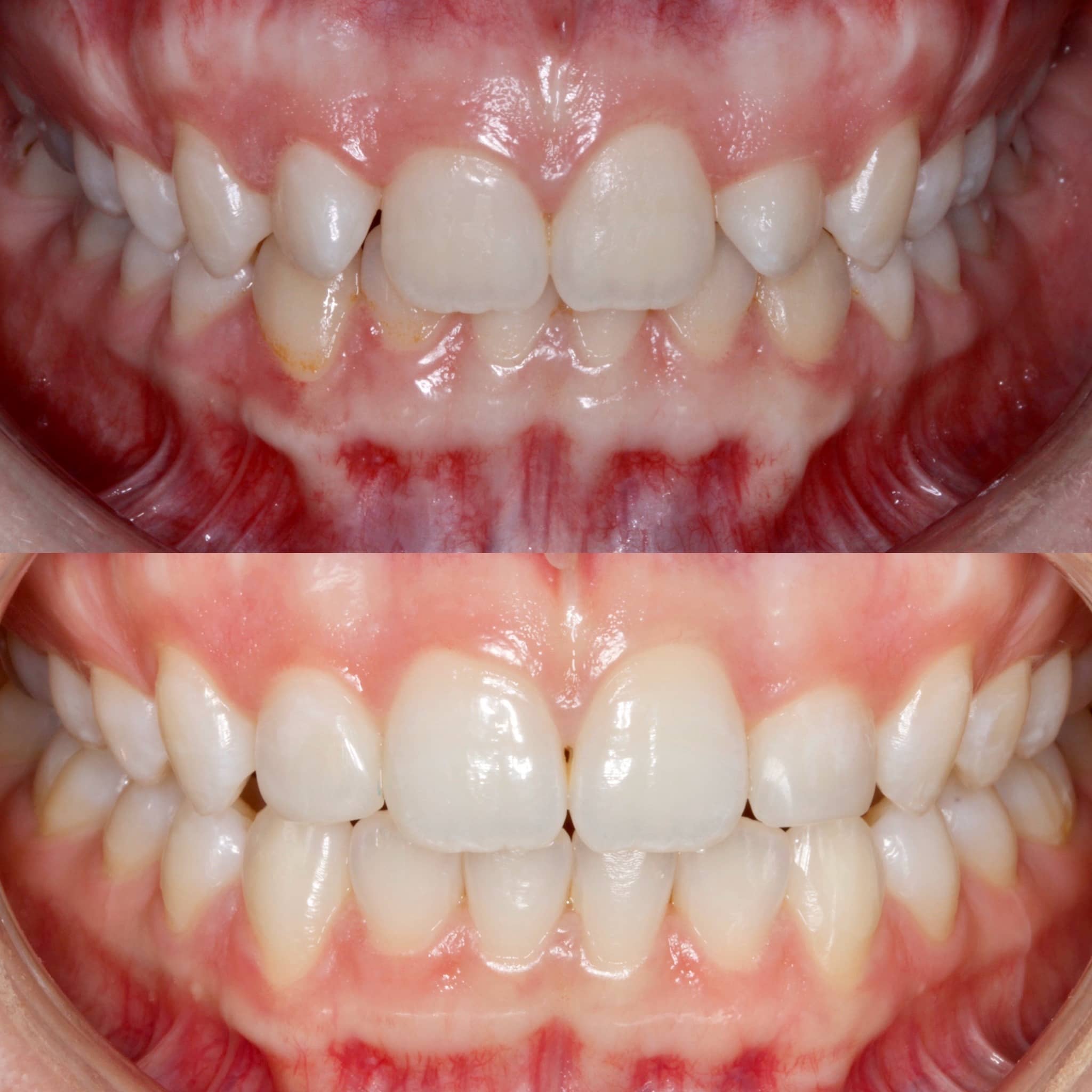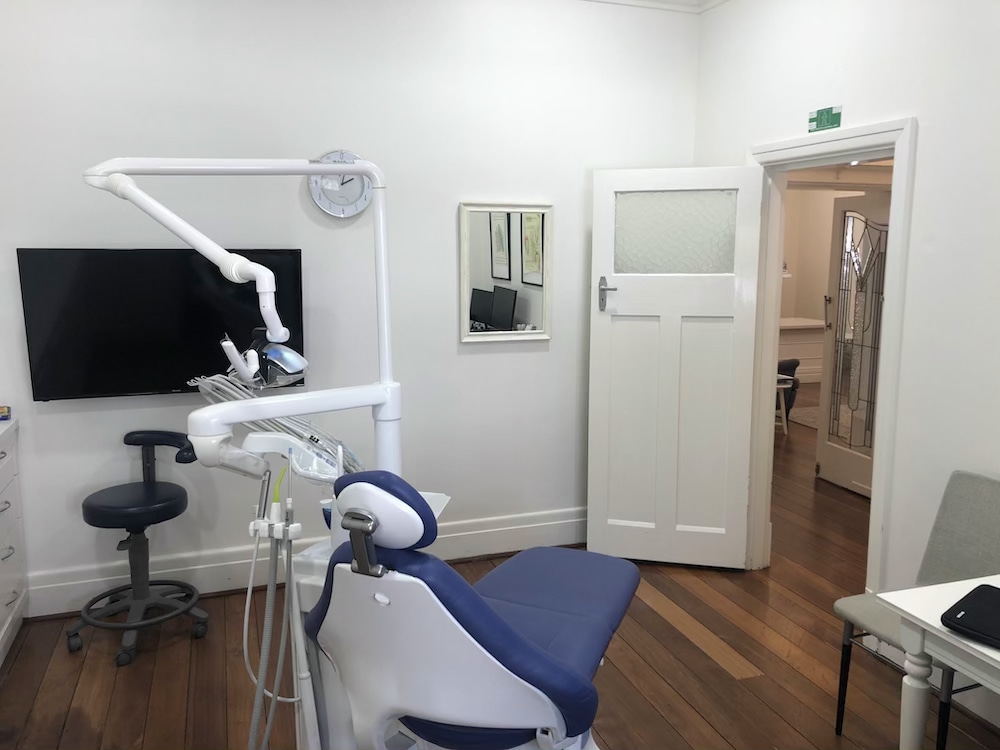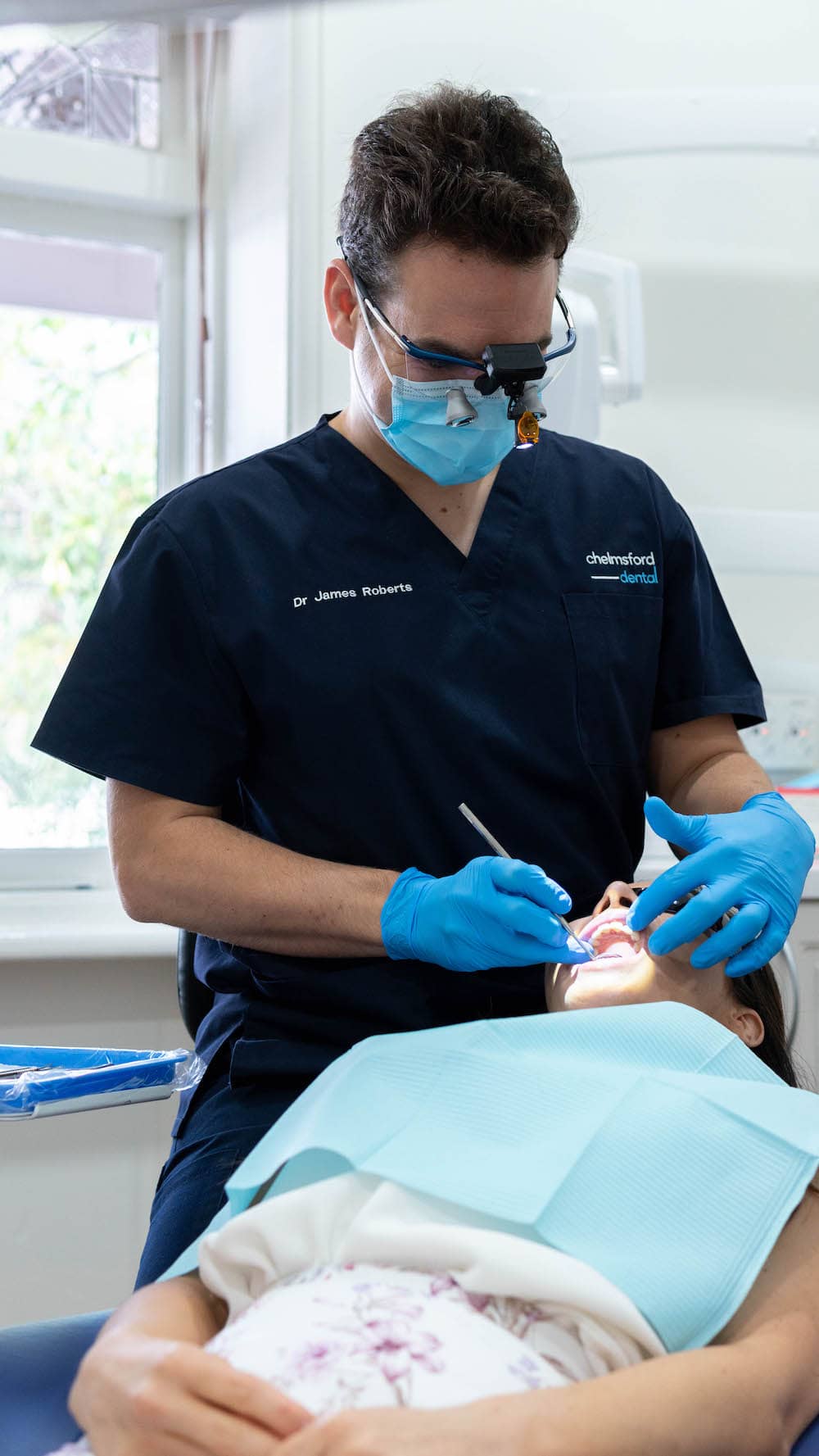Teeth or dental bonding is a procedure where a resin material that matches the colour of the teeth is applied. This material then hardens and ultimately bonds itself to the tooth. People choose teeth bonding because it helps them restore their smile. In certain cases, the procedure can even improve the appearance of the teeth.
It is a non-invasive treatment, which benefits people who do not want to go through a more drastic procedure. Teeth bonding is not just for the improvement of the look of the teeth. It can also be beneficial for those who wish to feel an improvement in their tooth functionality.
Teeth bonding is recommended for those who have chipped and cracked teeth. People with discoloured teeth can also turn to teeth bonding. After all, the material used is the same colour as the natural teeth. This cosmetic procedure can give you the confidence boost you need so that you can smile comfortably.

Who Is Dental Bonding For?
In their most natural state, teeth are strong and reliable when it comes to chewing food. You can even rip a few things with them. They are durable and can stay with you for most of your lifetime.
It is quite rare for anyone to be born with a perfect set of teeth. As people age, problems start to appear, such as the teeth become yellow because of the food we eat. Sometimes, people do not take care of their teeth, which can result in wearing down.

Despite good oral hygiene, ageing and genetics come into play. This is where dental bonding can be useful for you. The procedure is for those who want to have their teeth repaired using veneers or crowns, but do want some minimal treatment done. The dentist will first determine whether or not you are a good candidate for teeth bonding. While it can benefit people, it is not for everyone. If you have severe tooth decay or your teeth are damaged, you may not be approved for a bonding procedure. Instead, the dentist will provide you with other options. Typically, a crown or veneer may be more fitting for you.
If you are interested in dental bonding and you do not have serious tooth decay, the procedure may work for you.
The following conditions are best treated with tooth bonding:
- Repairing simple decayed teeth problems with composite resins to fill cavities
- Repairing cracked or chipped tooth
- Improving discolouration
- Closing teeth gaps
- Changing the shape of the teeth
- Protecting a part of the root of the teeth due to gum recession
Dental bonding is also used as an alternative to the older amalgam fillings, which are composed of silver, tin, mercury and other metals.

How to Prepare for the Procedure
If the dentist approves your case and you already have your appointment set, you can now proceed to the process. The good news is that tooth bonding does not require specific preparations.
Most of the time, teeth bonding does not require anaesthesia. The only exception here is if you will have the treatment to fill your decayed tooth. In such a case, the dentist will give you anaesthetics to make the treatment more comfortable.
Before teeth bonding, the dentist will show you a shade guide to choose the resin colour. It should be a close match to the shade of your tooth.

What Happens During the Procedure?
Once all the preparations are covered, teeth bonding will now begin. The surface of the teeth to be treated will be roughened first. When done, a conditioning liquid will be applied on the spot. These steps are necessary to facilitate the bonding of the material and teeth.
The resin that resembles the colour of the teeth will be applied next. Before it hardens, it will be moulded and smoothed first to reach the desired shape. Finally, a bright light, which is usually blue, will be used to harden the composite resin.
When the material is hard, the dentist will trim it and reshape it. This process will make it easy for the resin to be undetected even at close inspection. The dentist will polish the resin, which will enable it to match the sheen of the tooth surface.
The process is easy and takes an hour maximum for every tooth that requires bonding. If there are no issues, it can even be completed in as little as 30 minutes.

What to Do After Dental Bonding
After any dental procedure, the best way to care for your bonded teeth is to practice proper hygiene. You should always brush your teeth twice per day and floss at least once daily. You should be more careful now, especially with the food you eat. While there are not a lot of restrictions, it is time to avoid hard food.
Lollies are not an exception either, whether they are hard or chewy. Even those with healthy teeth should avoid sugary foods. They do no good for oral health but rather contribute to its destruction.
If you have always been biting your nails, it is also an excellent time to stop the habit. Also, it is good to quit chewing on pens or even ice. Never use your teeth to open an item, such as a bottle.
Other things that you should avoid are coffee, tobacco, and tea. You can consume them again after a couple of days to a few weeks. The abstinence is not for punishment but to ensure the teeth do not get stained.
Finally, you should schedule regular cleanings with your dentist every six months.
In case of accidents, such as breaking or chipping the bonding material, you should quickly tell your dentist about it. You may have to come down to the office for a repair. After the procedure, if you feel anything rough or sharp, make sure that you mention it to your dentist right away.
Should You Get Tooth Bonding?
Before you attempt to undergo the procedure, it is essential to talk to your dentist first. If the dental professional tells you that you are a candidate for it, it does not mean you should immediately go for tooth bonding. It makes sense for you to weigh in the advantages and risks of the procedure. This way, you will make a smart decision in the end.
To make it easier for you, here is a list of the advantages of dental bonding:
- Dental bonding is easy and takes just a few minutes to an hour.
- It is relatively painless with great results after the procedure.
- The procedure is not as costly as other cosmetic dental procedures.
- Bonding is often accomplished in just a single visit. In comparison, veneers and crowns are customised coverings, so they have to be manufactured in a lab. It can take a while before the treatment starts. With teeth bonding, the procedure begins and ends in one day.
- Compared to veneers and crowns once again, teeth bonding does not require the removal of a considerable amount of tooth enamel.
- As mentioned above, the procedure does not require any special preparation.
- Anaesthesia is also not required unless for patients who need teeth bonding for filling cavities.

Meanwhile, the following are risks associated with tooth bonding:
- The material used in teeth bonding is stain-resistant. However, it is not as effective in preventing stains that are hard to fight off, unlike crowns.
- One more disadvantage is that bonding may not have as long a lifespan as crowns or veneers. Make sure that you take proper care for the treatment seriously, so it lasts for about three to ten years.
- The bonding materials can chip and break off your teeth. Always talk to your dentist if there is anything that raises your concern.
Dentists tend to offer dental bonding for those who require minor cosmetic changes. If your teeth need temporary correction, especially in areas in the mouth with low bite pressure, this treatment method may be ideal.
Patients should understand the benefits, as well as the limitations of this procedure. While dental bonding does offer a more attractive appearance of the teeth, it does not promise a permanent fix. In fact, it cannot be the solution for serious teeth problems. For instance, if you have large cavities, this treatment is not for you.
Another limitation is that teeth bonding is not designed for those with major structural damage to the teeth. Since the plastic for bonding is susceptible to cracking and chipping, you have to be more careful. The process is one of the dental treatments that you can go through a couple of times throughout your life.
Indeed, teeth bonding is not a permanent solution. The material can dissolve or get damaged over time. However, with proper care, it can last for three to 10 years. You may need to get it touched up every few years, so it still looks like a real part of your teeth.
Be sure that you talk to your dentist should problems arise. Regular visits are also necessary to ensure that your oral health is in its best shape.







